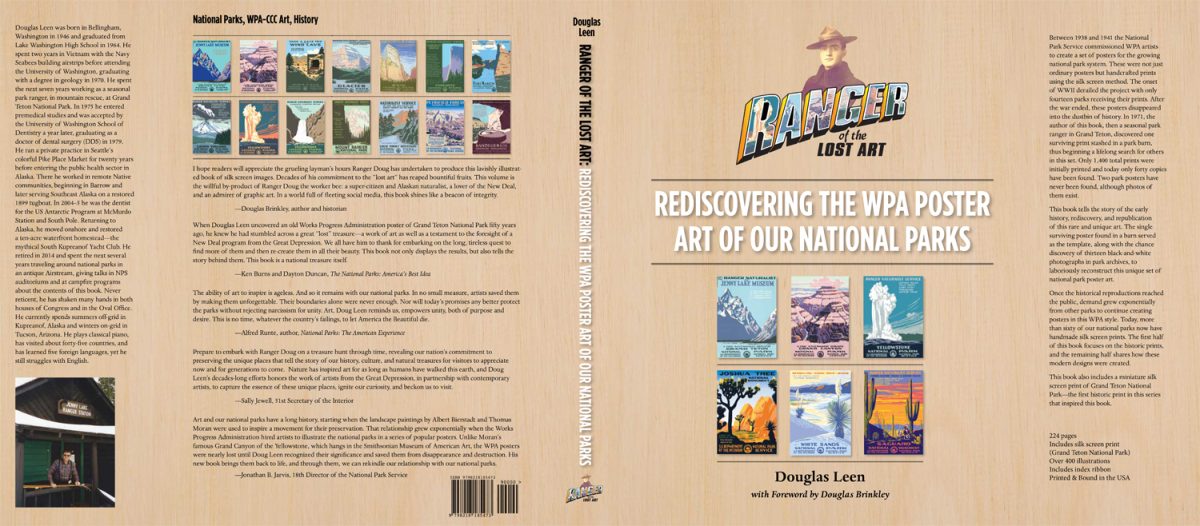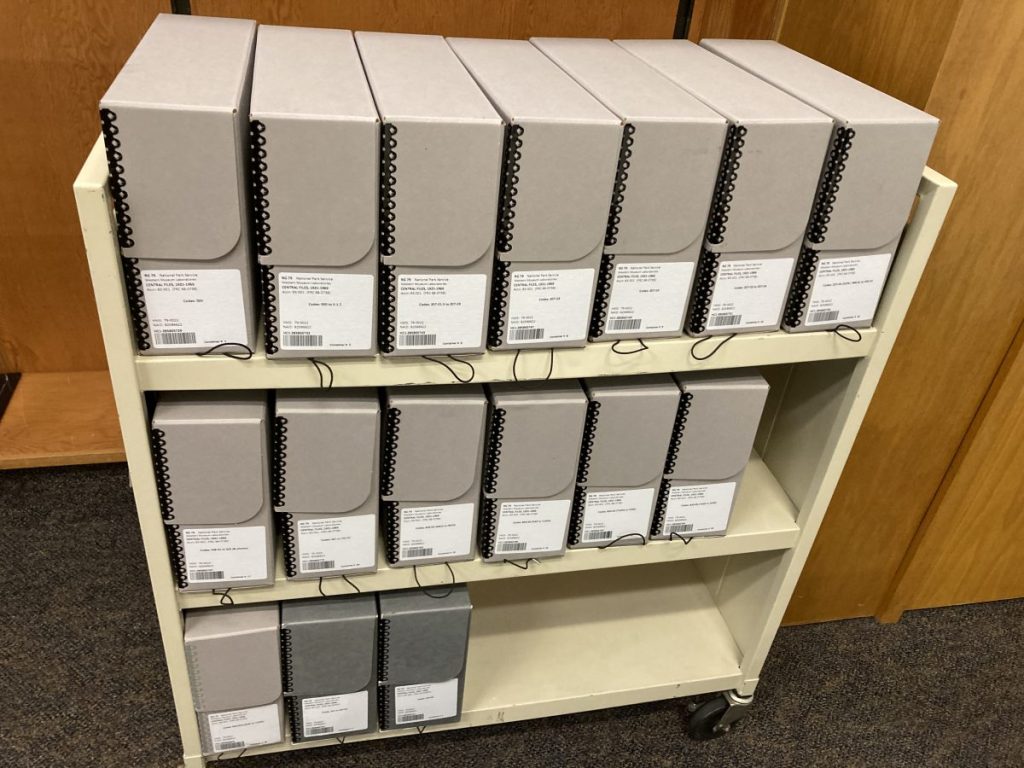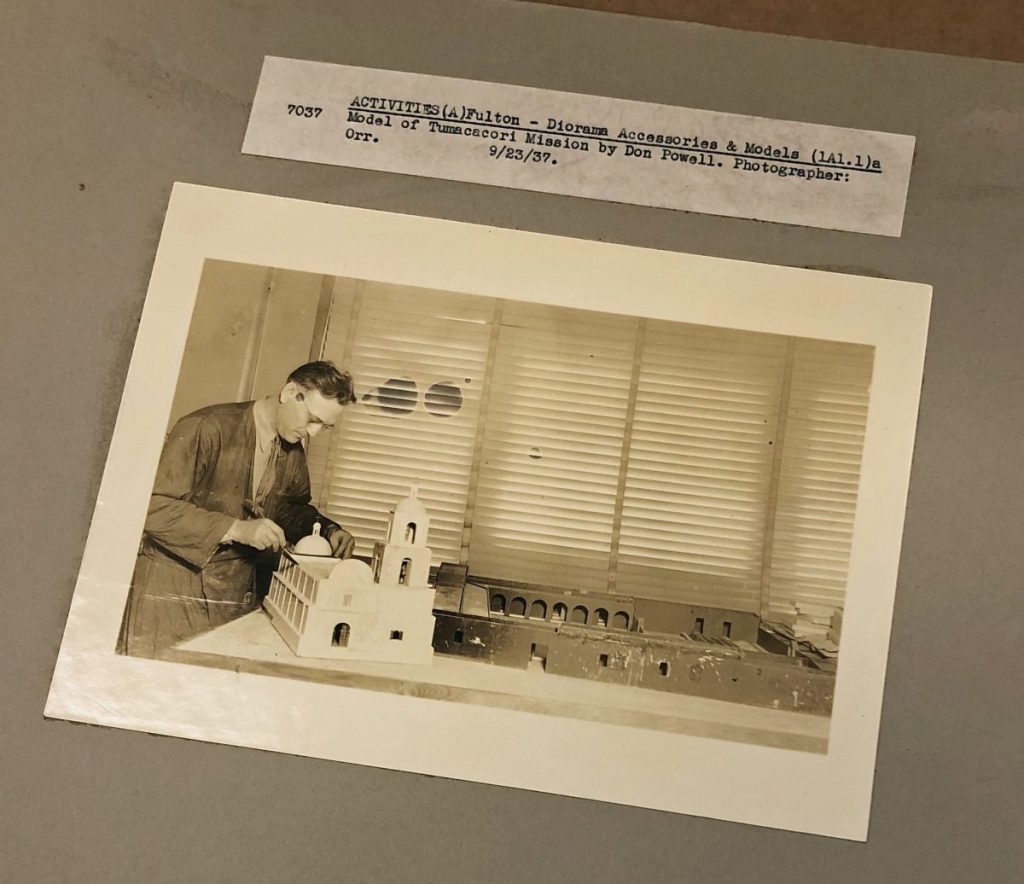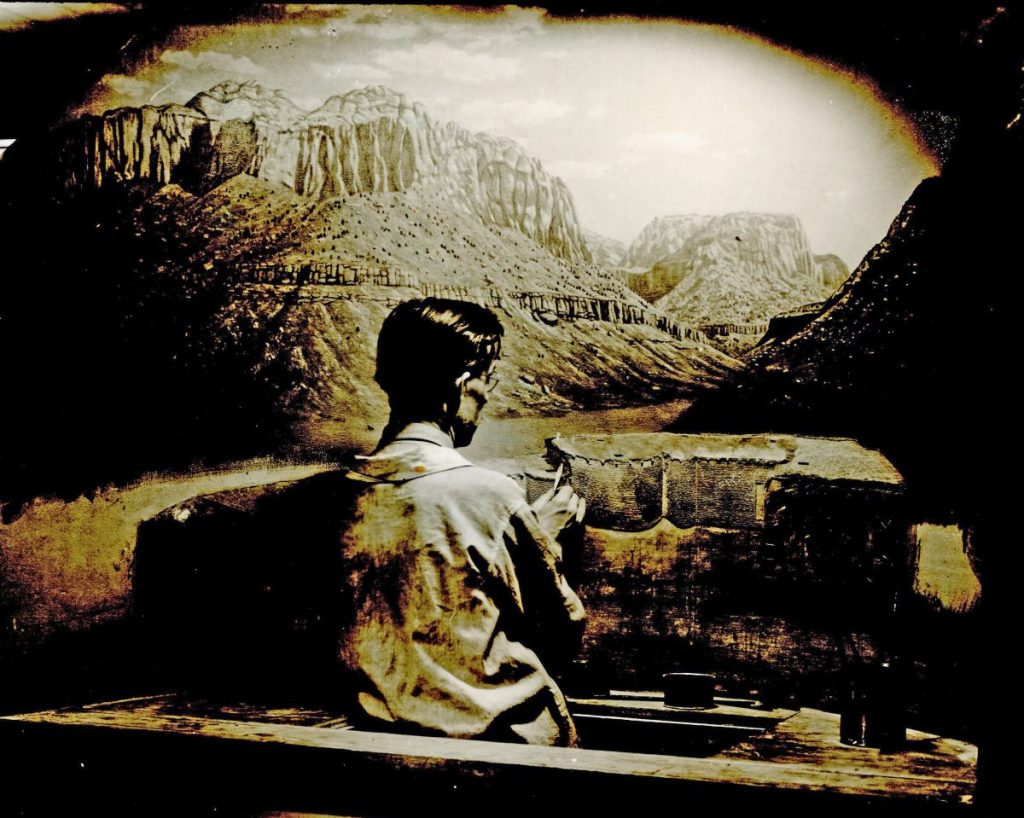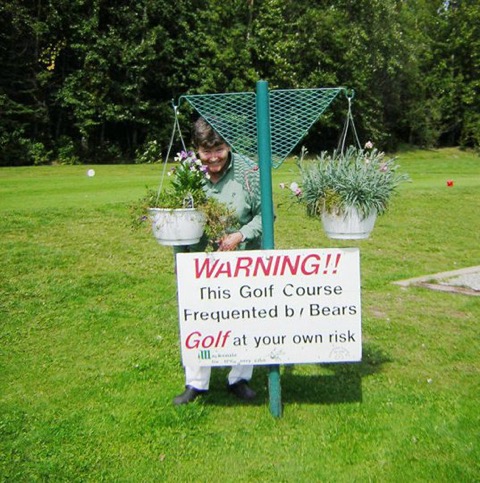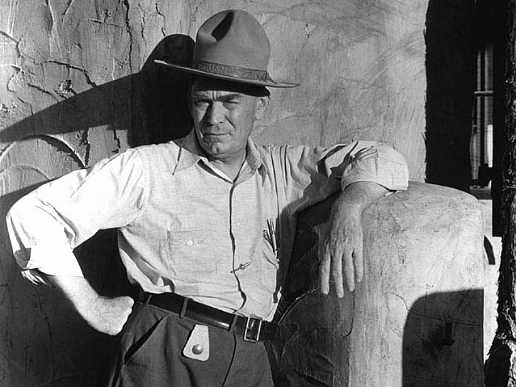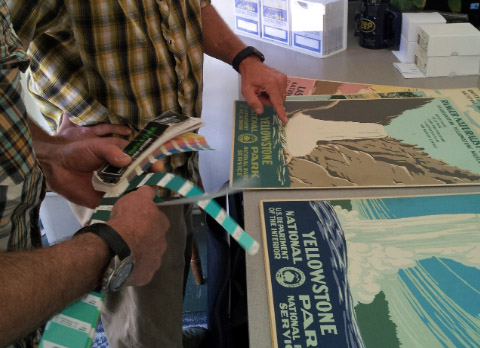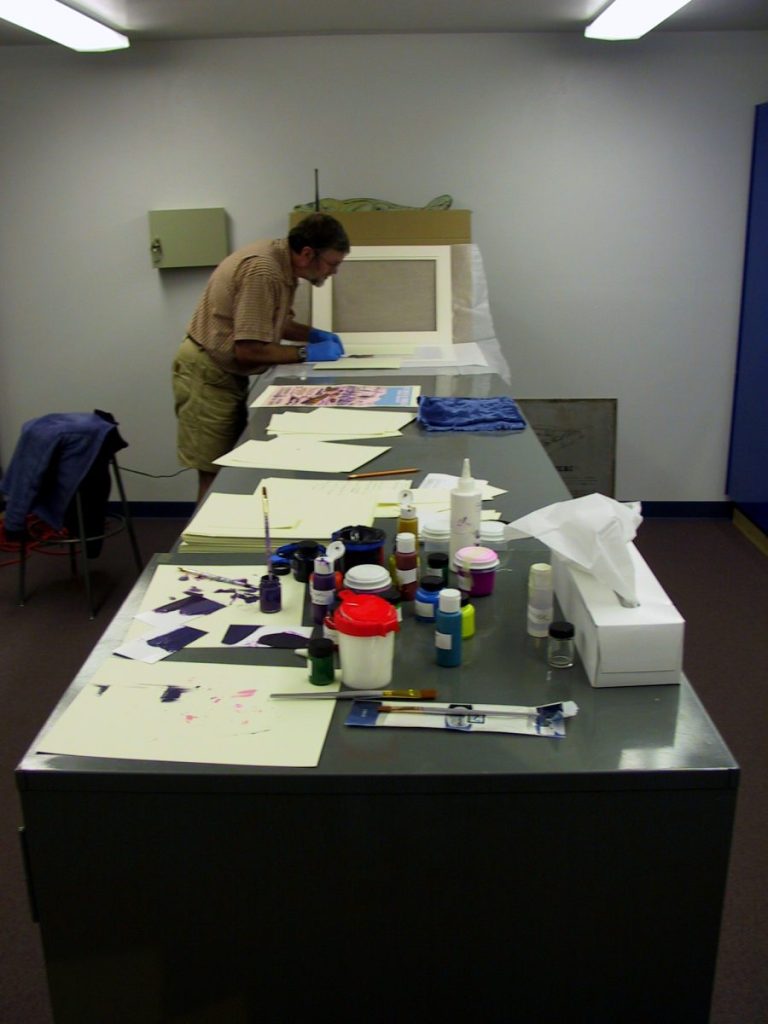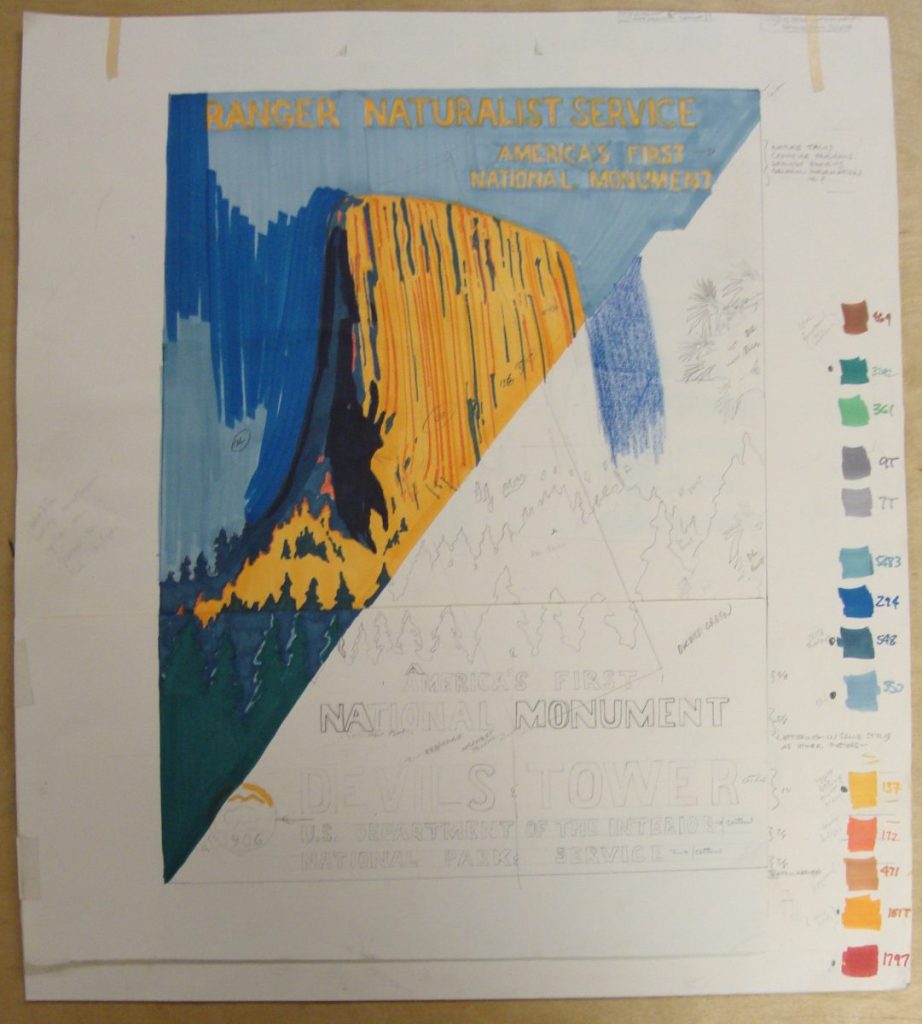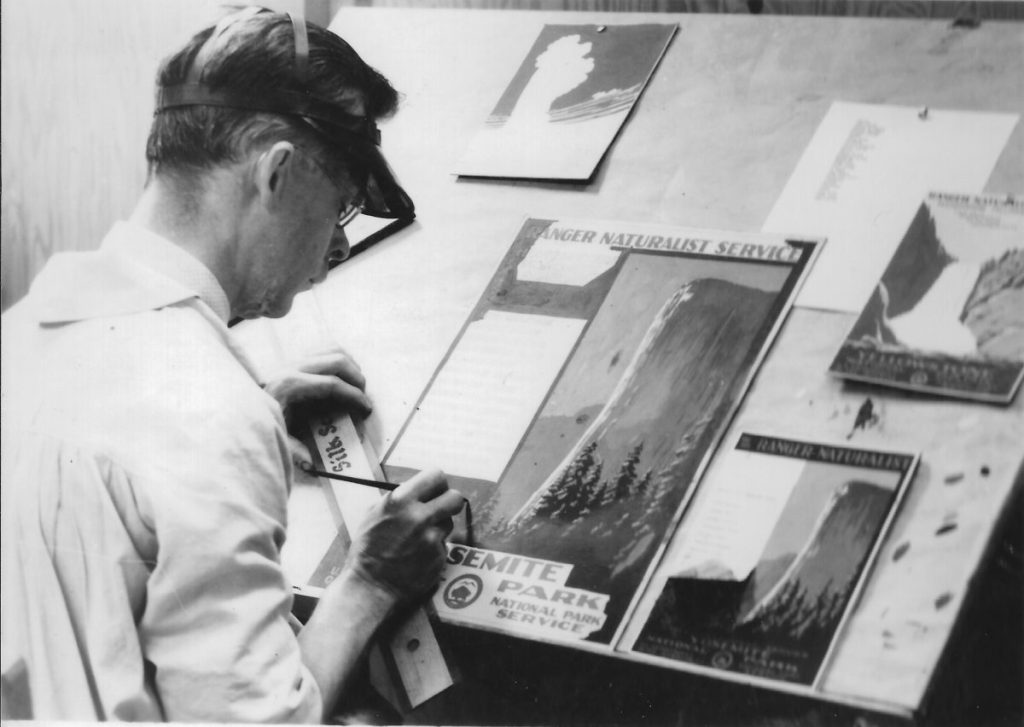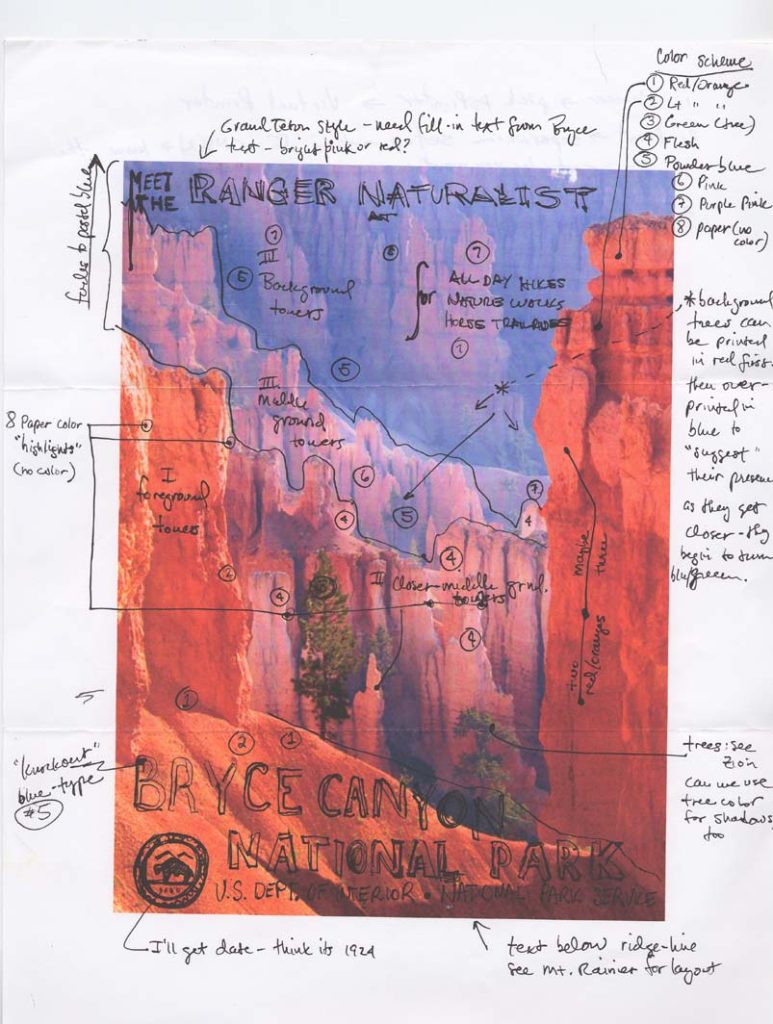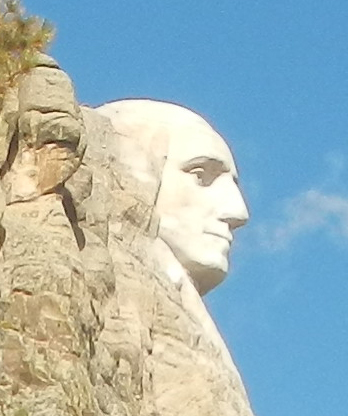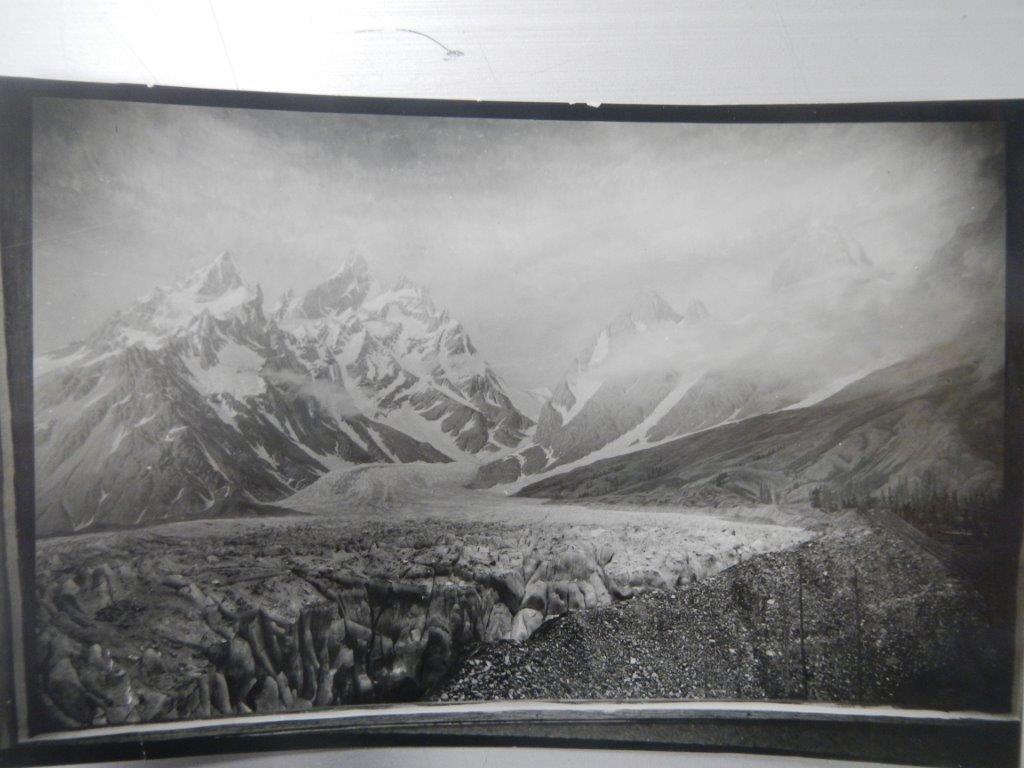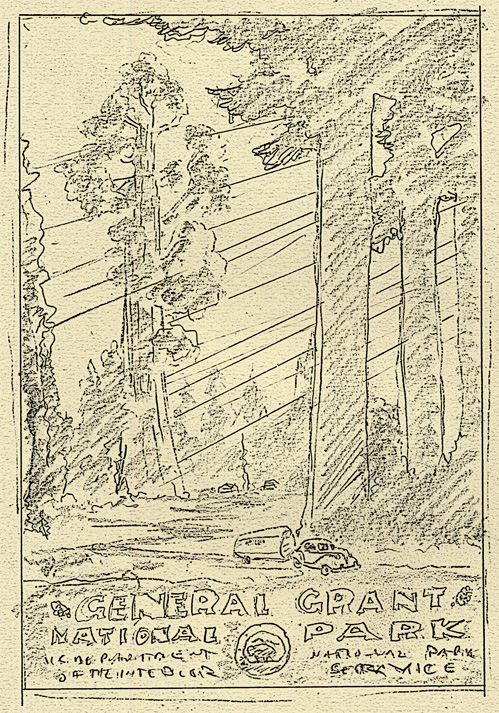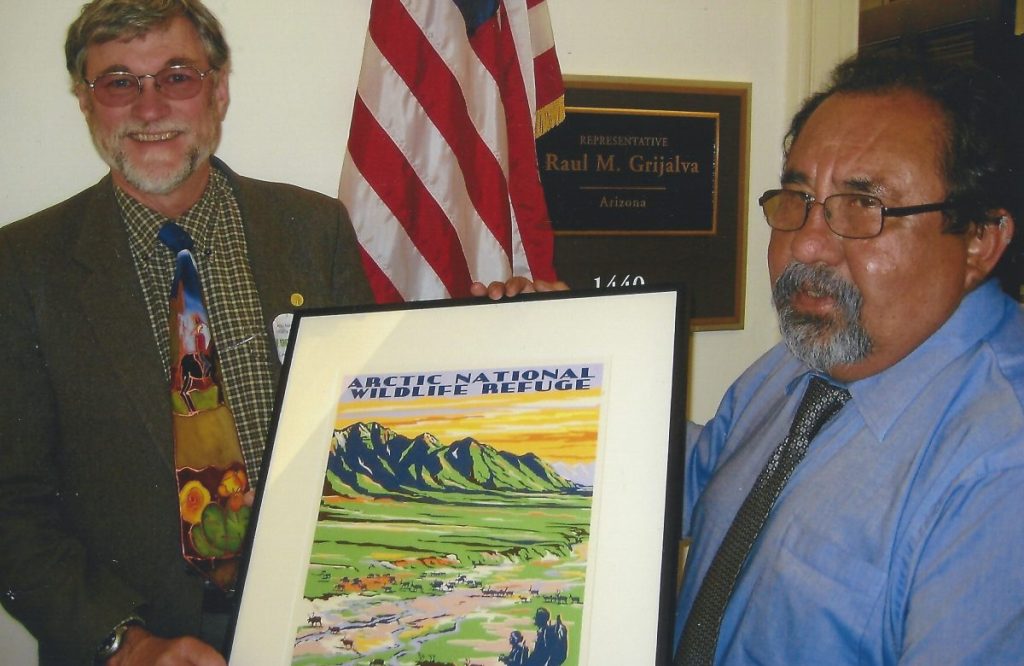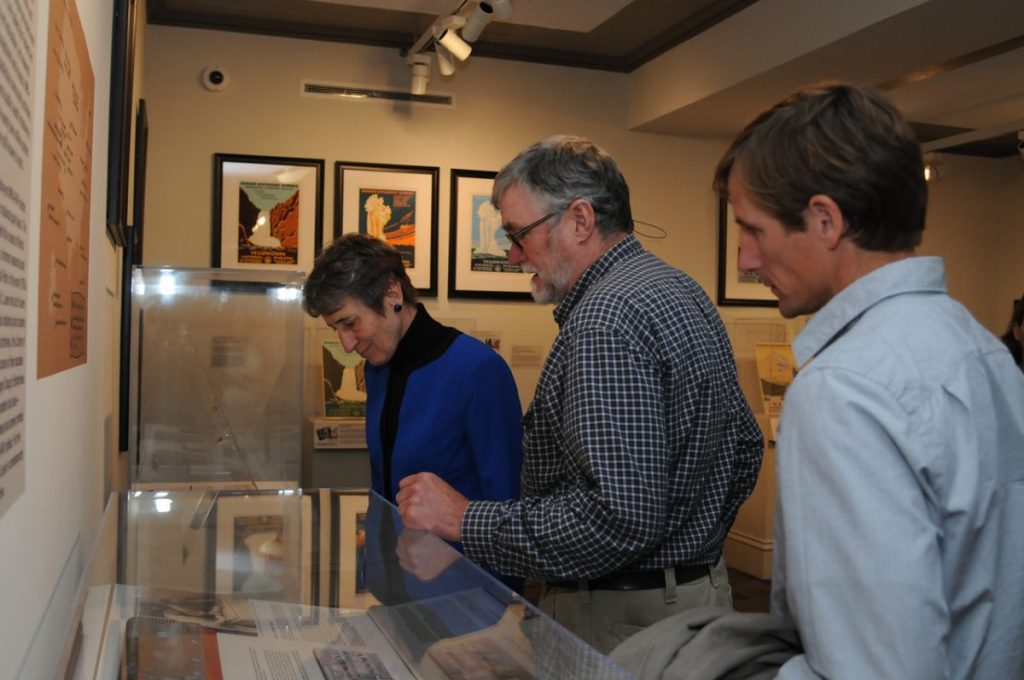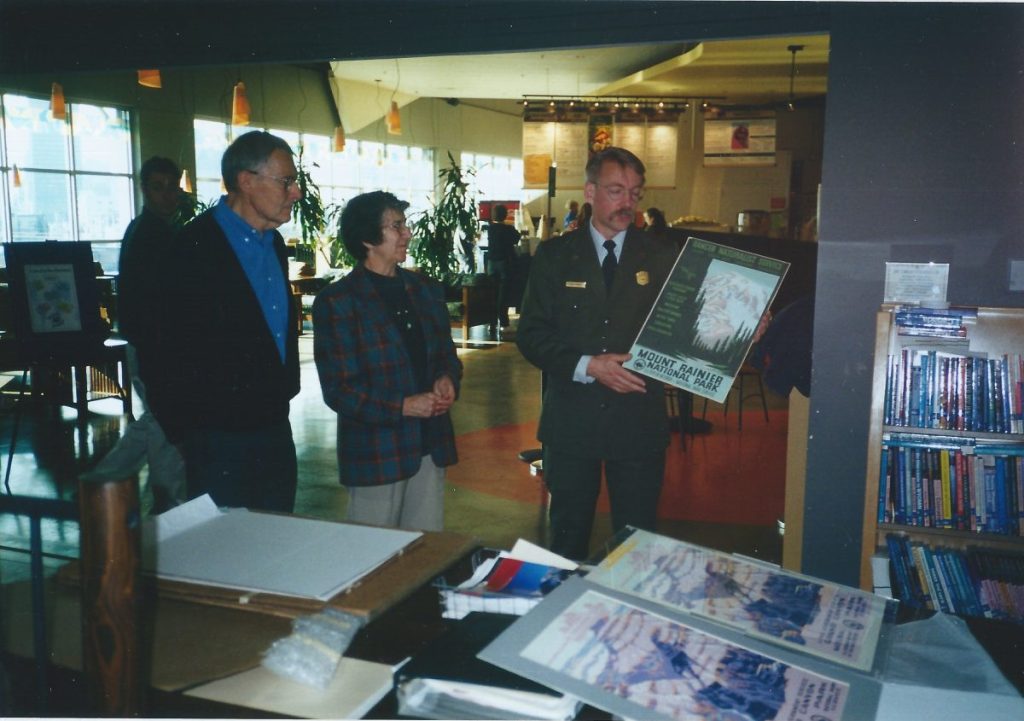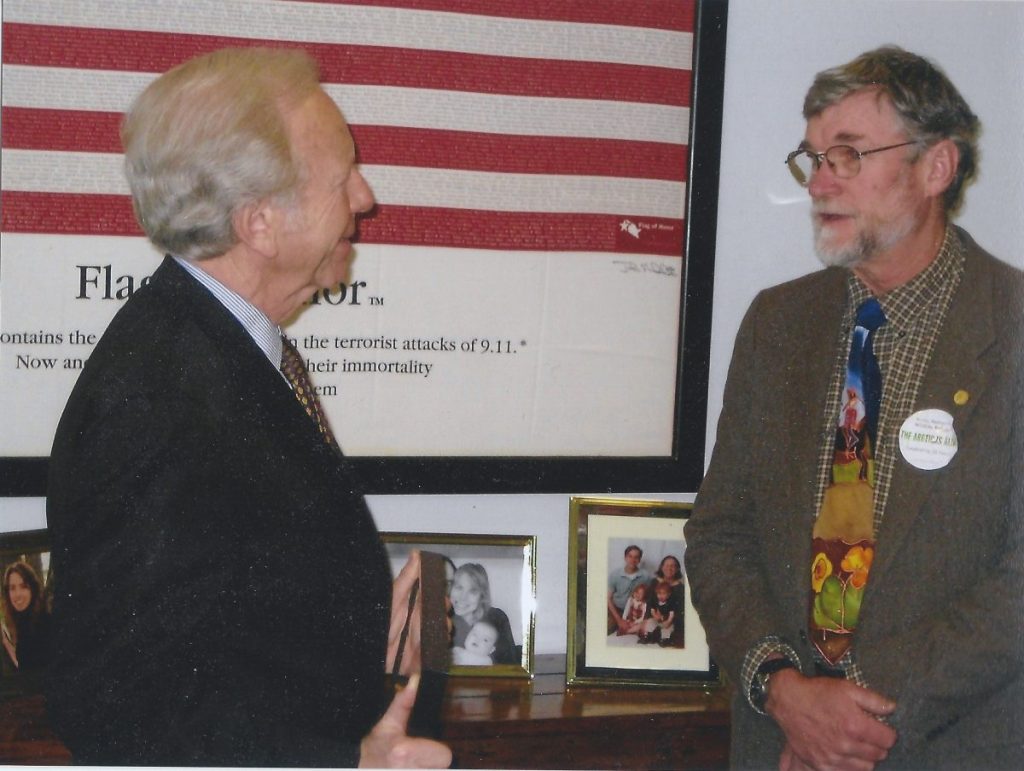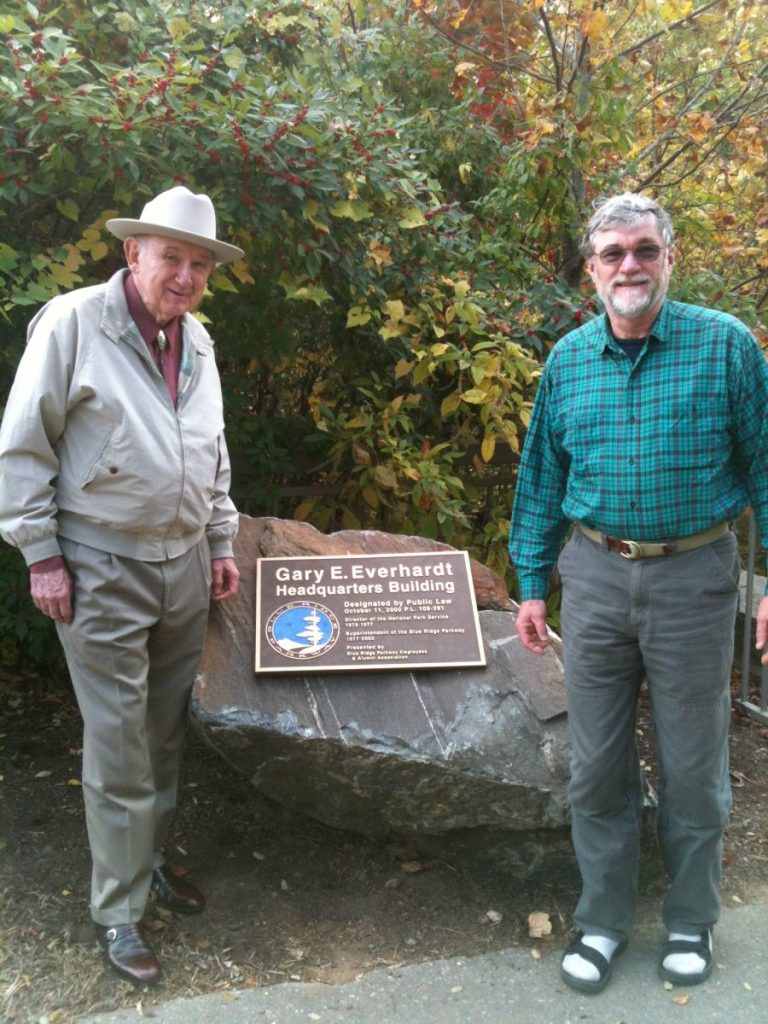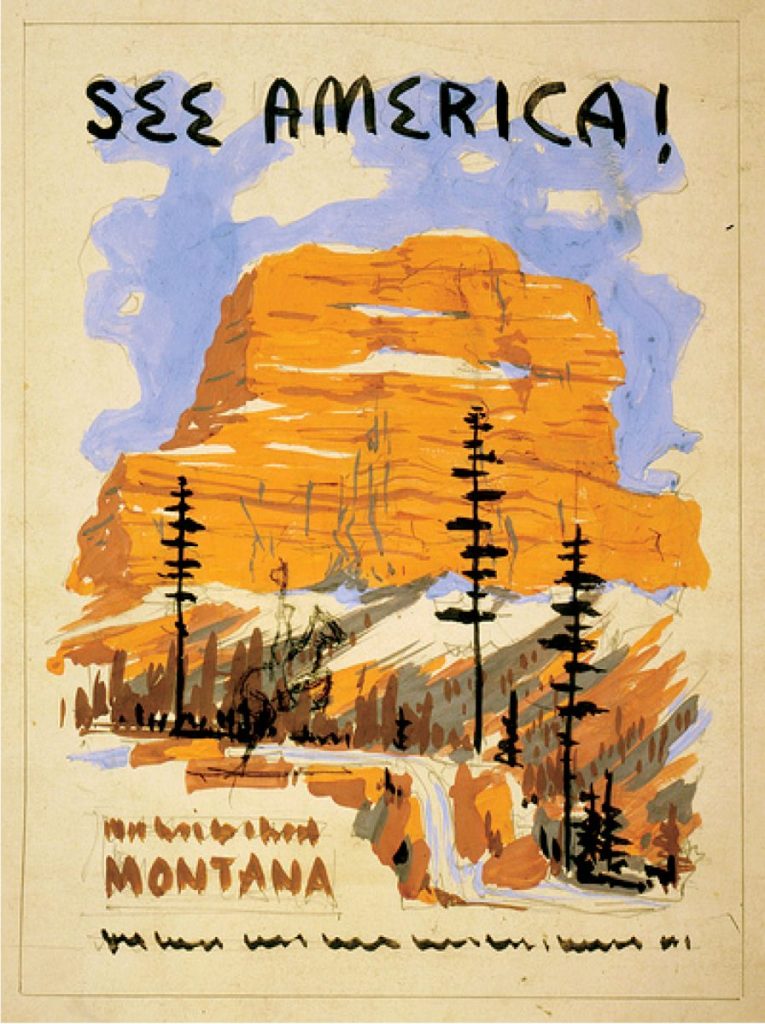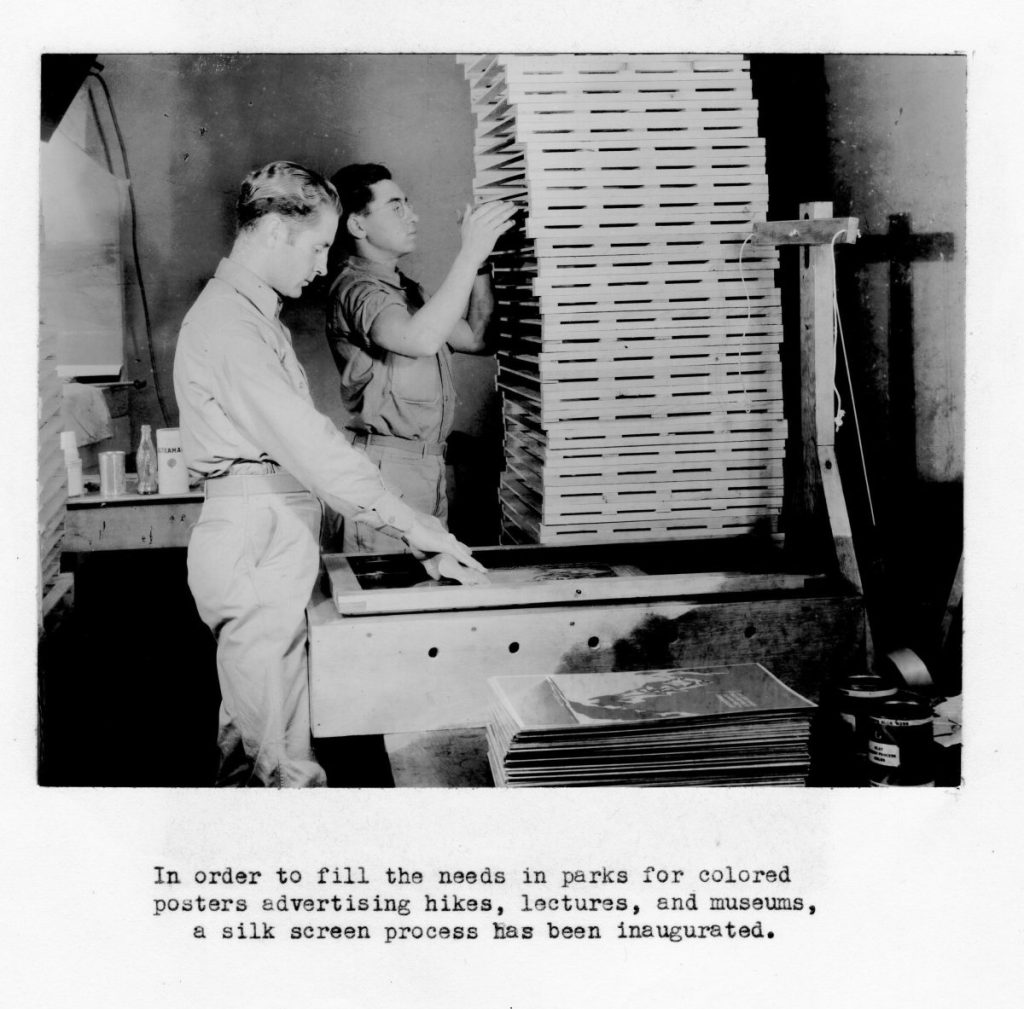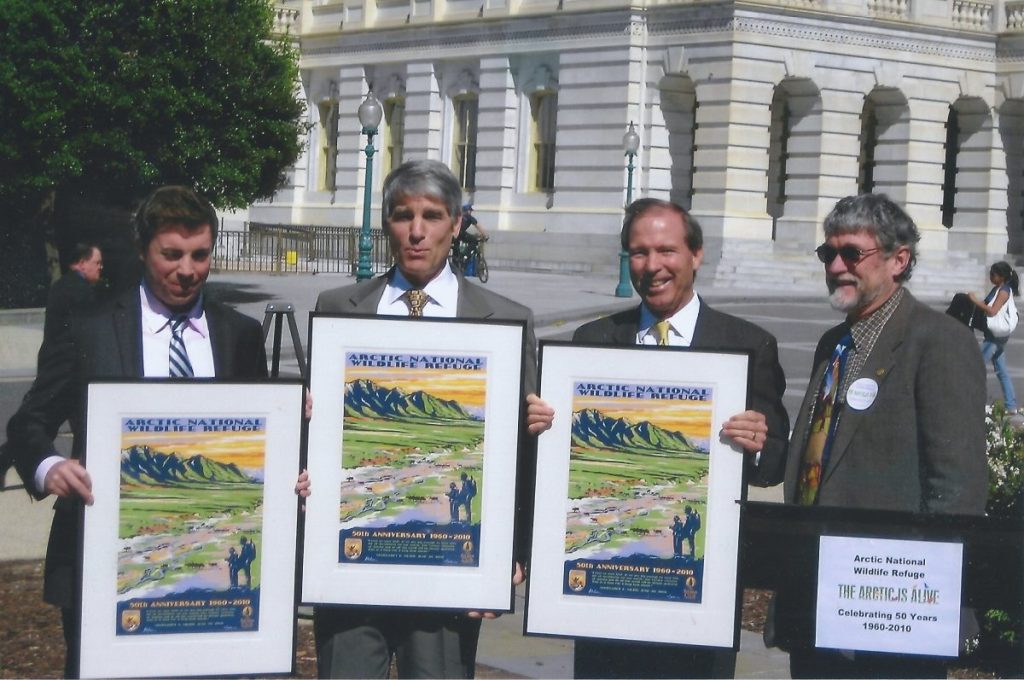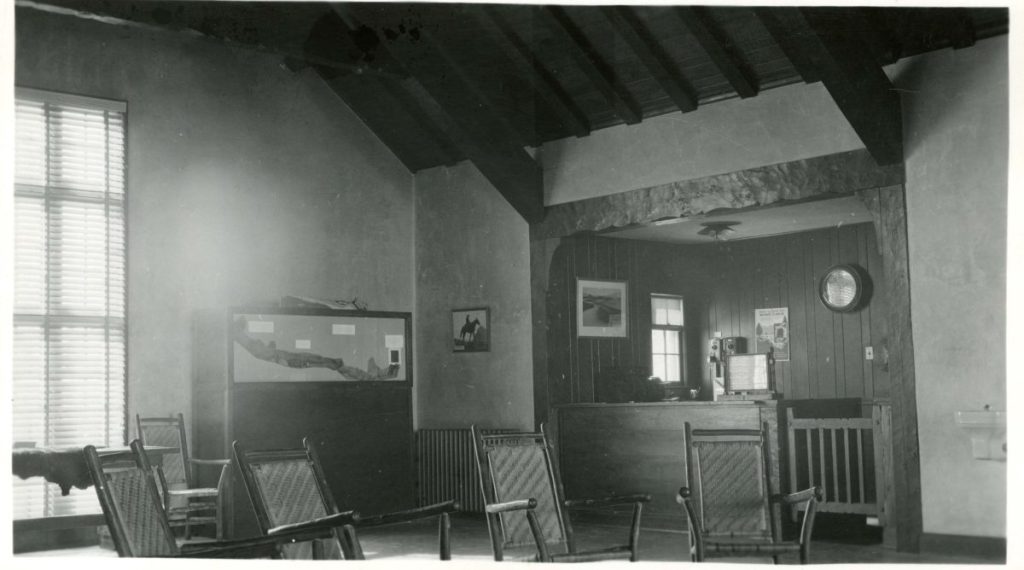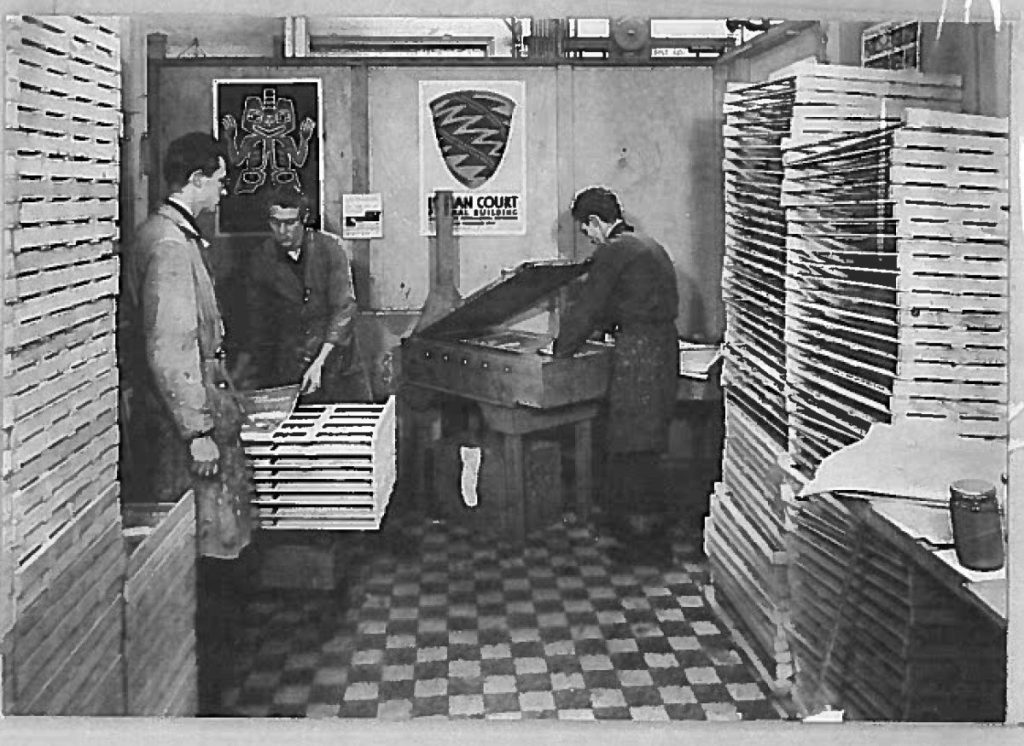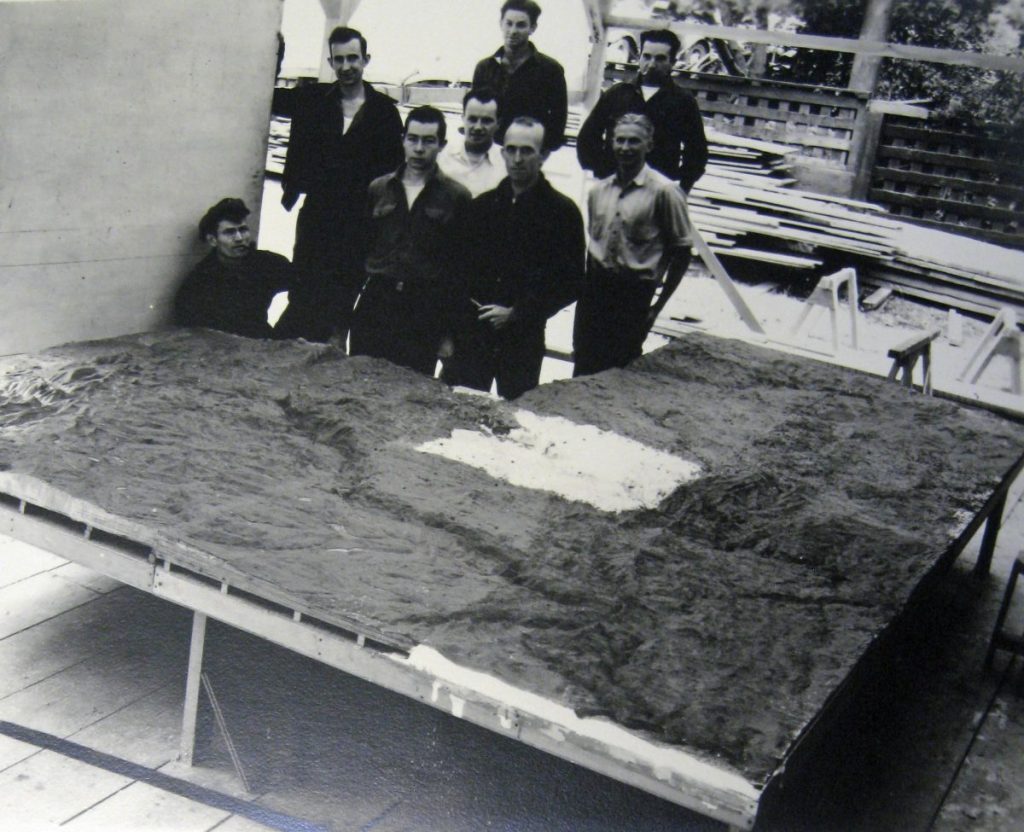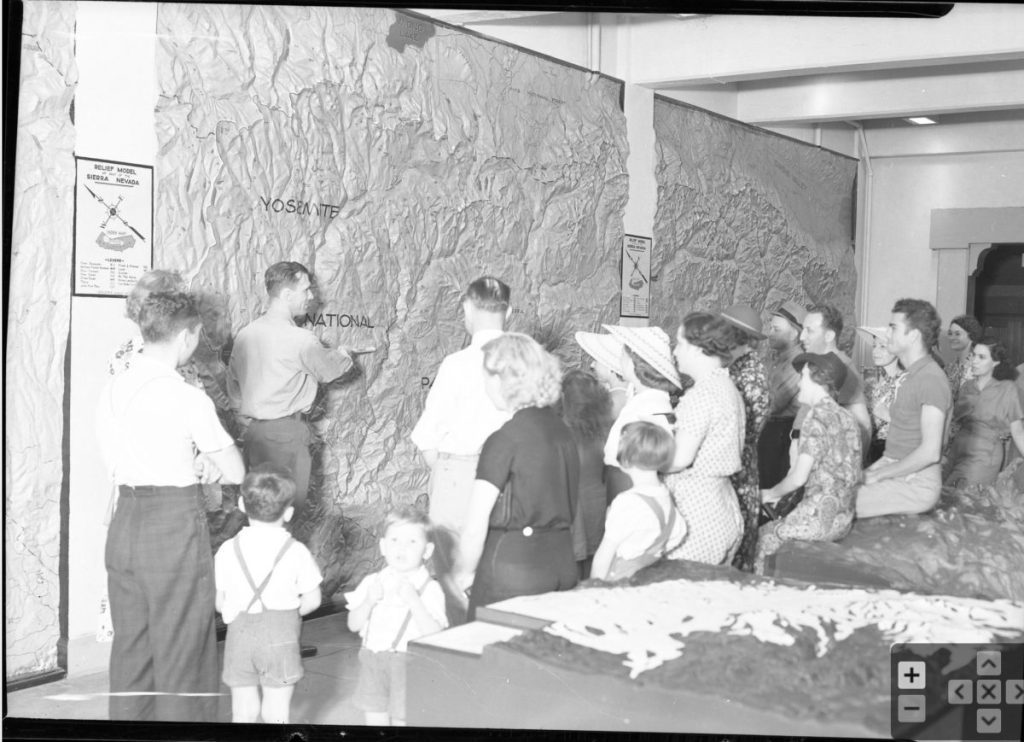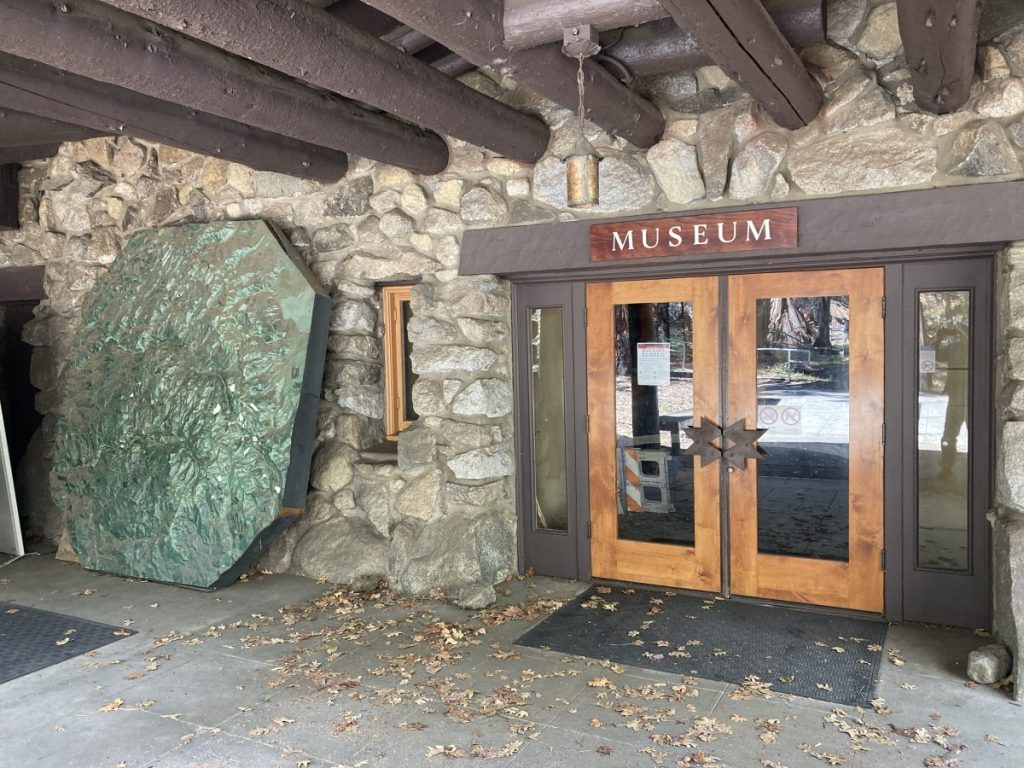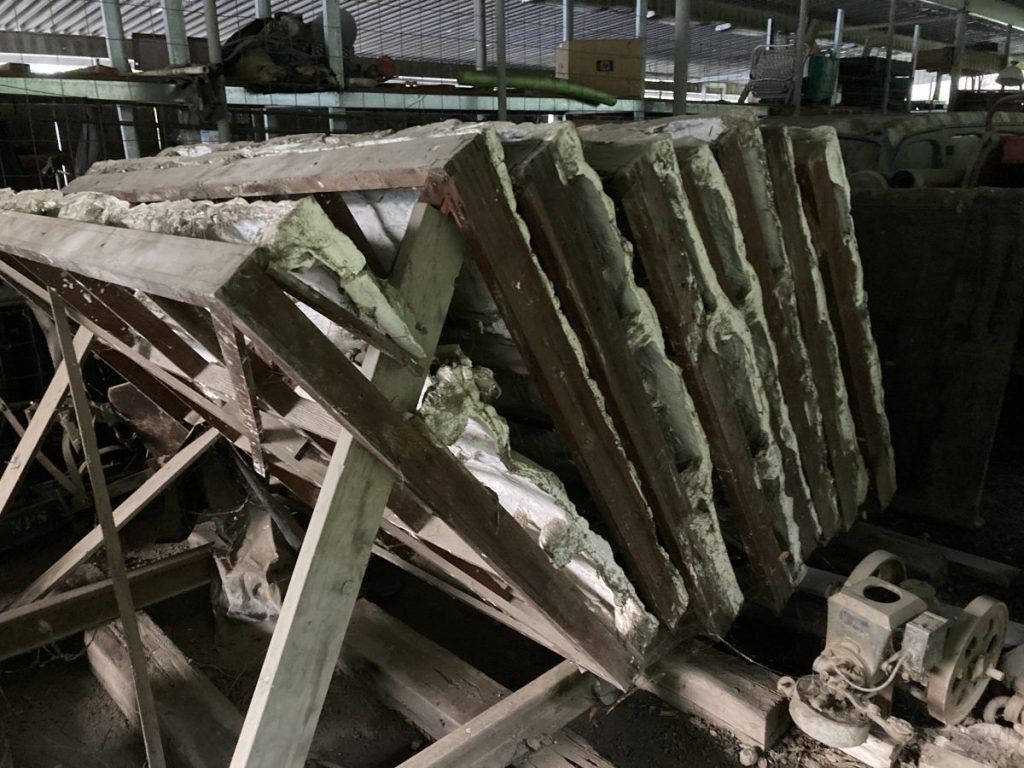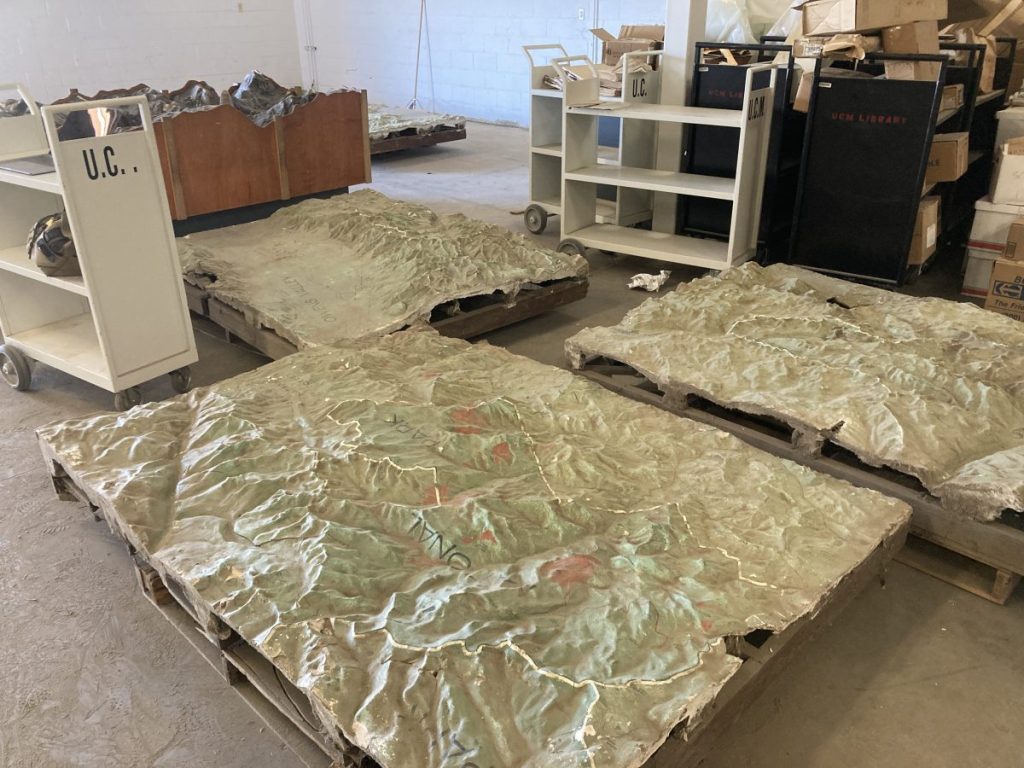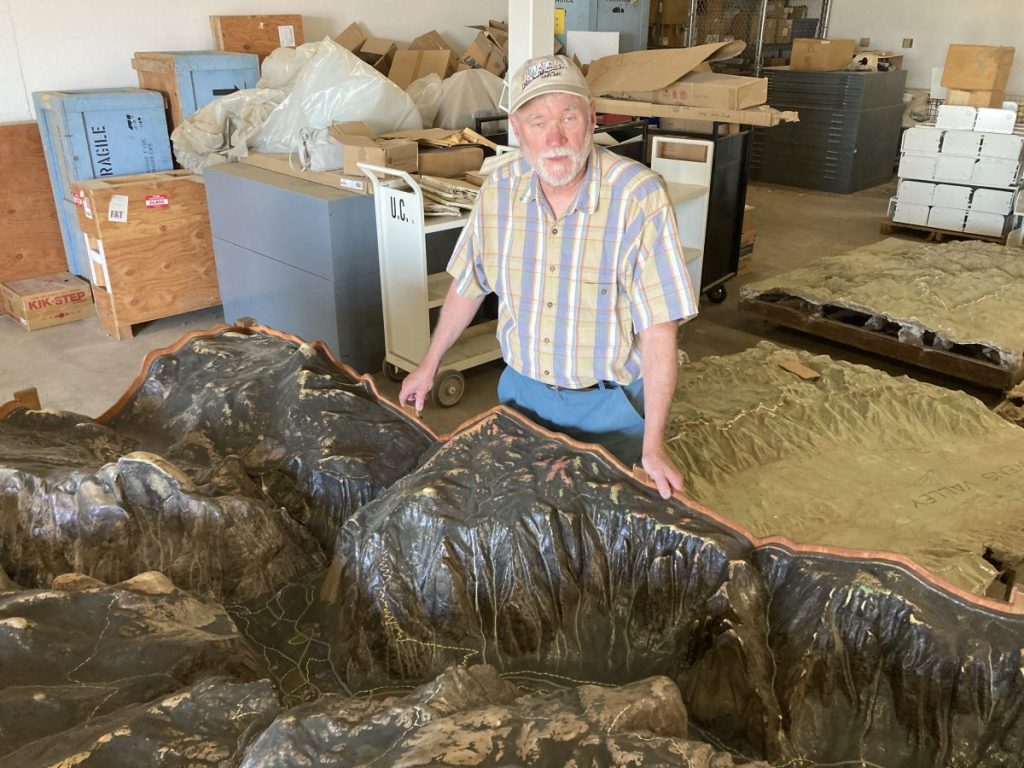DUE OUT OCTOBER 15TH–224 PAGES–OVER 400 ILLUSTRATIONS–FOREWORD BY DOUGLAS BRINKLEY–CONTAINS A SILKSCREEN PRINT–$100.
For the past three years, I’ve been writing my book. It’s titled “Ranger of the Lost Art–Rediscovering the WPA Poster Art of our National Parks.” It is 224 pages, has over 400 illustrations and as a hard-bound first edition, weighs in at about 5 lbs. I’ve included an actual silk-screen print in an envelope in the back cover. Dust jacket and place-ribbon also. The Foreword is by historian and author Douglas Brinkley and first edition endorsements include former Secretary of the Interior Sally Jewell, Former NPS Director Jon Jarvis, documentarians Ken Burns and Dayton Duncan and local historian of NPS history and railroads, Alfred Runte. It will be out within 30 days and cost $100. The culmination of 30 years of research and my life’s work. Here are a few highlights.
There would be no book without input from CCC Historian Kathleen Duxbury who tipped me off to the NARA facility in San Bruno (National Archives and Records Administration). Here I found 16 boxes of records (the facility holds over 80,000). After this discovery, I tore up my manuscript written in the first COVID winter in Alaska and began anew.
Within these records, I found many photos of C. Don Powell, the WPA artist that produced the “Ranger Naturalist Series” posters of our national parks but none linking him directly to the poster project. This photo, however, was supplied by Yosemite historian/archivist Nadia Westenburg.
An unidentified worker, thought to be C. Don Powell works on a diorama of Zion National Park about 1935or 36. I’ll introduce you to others…..
But first, I dedicated the book to a good friend Sharlene Milligan. Her husband, Tom, was my district supervisor and Sharlene ran the bookstore at the Visitors Center at Moose in Grand Teton National Park. She was a mover and shaker and one smart gal–we invited her to all our tradeshows and she was part of the team. There would be no book without Sharlene.
Another character was Frank (“Boss”) Pinkley, Superintendent of SW Monuments. He drifted in to Casa Grande as a teen and stayed, eventually becoming the protector and later Superintend of the scattered SW Monuments–mostly “ruins” of ancestral Pueblo people of the SW.
You’ll have to buy the book to get the whole story–but after restoring the 14 historic prints (WWII and a fiesty Congress terminated the project), originals began turning up however, they were different colors as I had only black & white photos to work from. Here two Yellowstones are revealed for the first time in 70 years–the Falls the only known copy to survive. I purchased these two from “PK” in Santa Cruz, CA whose grandfather got them from Powell–both worked at the shipyards during the war. I purchased both of these for $7500 and donated them to the Department of the Interior Museum…..all told in the book.
Here I’m correcting colors agains the only known original to survive–Petrified Forest. I’d later volunteer at this park digging dinosaurs (actually Metaposaurs and Phytosaurs). Here is that blogpost and another. Visit this park.
After my reconstructions and republications, parks approached me and asked for additional prints. I’m not an artist but here is a stab at the first contemporary design. I would hire an artist to draw this out in 6 colors–like the end-product silkscreen print–and then hand trace these boundaries–just like the WPA artists did. Here is C. Don Powell at his easel:
Later, I would use computers to design prints…..
I would first take a photo and then insert notes and hand off to Brian Maebius–another indispensable team member. Brian would put my ideas on a computer and create the screens. We eventually created about 45 more contemporary designs–all in the book. We show the sketches like this and each screen as it’s made. We had problems to iron out but it was ultimately fun.
A funny story also related in the book was when Yosemite wanted me to remove the words “Indian Demonstrations” from the original WPA design. The demonstrations of today are a completely different context however, I wouldn’t alter the original design. Also–when I was a park ranger, the Oglala Sioux took over Mt. Rushmore and lowered dynamite down near George Washington’s nose and threatened to blow it off. I was called into the Chief Ranger’s office and we were to ordered to quell this rebellion or demonstration. I had to admire the Sioux both then and now–so left the design intact. It’s all in the book.
This diorama was inspired by Frytiof Fryxell, a geologist who wantered through the Tetons in 1924 and became the first ranger there in 1929. He was so impressed that he returned to Augustana College and received a PhD in Geology–he originally studied and received degrees in English and Biology. He would remain at Augustana as chair of the Geology Department until his death in th 1980s. I have an autographed book he wrote–which Sharlene had gotten for me. It was Fryxell that came up with the idea for the first poster design; albeit in a curved painting surrounding a glacier. This diorama took three years to build and required a WML artist to ski 18 miles to the Jenny Lake Ranger Station to take measurements and return to Berkeley. The park chainsawed it in half to get it out of the building–it ended up in the park dump. I wasn’t there to save it.
This is Brian’s sketch of General Grant, now Kings Canyon National Park (administrated together with Sequoia). I was way over my head in all things artistic–I knew good composition and colorations though and Brian bailed me out with his sketches and computer skills. In some instances, Brian gets the lion’s share of these designs.
A
The media caught on, and so did Congress, the NYT, NPR and even the Secretary of the Interior…..Here I’m presenting the Arctic Refuge print (featuring Mardy and Olaus Murie on the Sheenjek River in Alaska in 1956) to Arizona Congressman Raul Grijalva. We received permission to use the US Fish & Wildlife official seal in this design. This was a sponsored by the Sierra Club and was gifted to those congressmen and women who voted for Alaska environmental legislation.
Secretary of the Interior Sally Jewell opened a 14 month exhibition of our work. Brian Maebius at right.
This is a ceremony at REI’s OREC room (Outdoor Recreation and Education Center) where Jon Jarvis was presented with an original Mount Rainier silkscreen that was discovered by Duane Nelson and his wife, Clara. He found two under a cabin in the park–and rescued them like I had in the 1970s. Since his were different colors, he called me up and we got together to compare notes. I asked to buy one for my collection but he had two sons who were both park rangers. I jokingly said if he found a third to give me a call. A year went by and he did call–he had found another one under his house in the original frame. I hurried over and there were now five prints lying together. He had removed the framed print to clean the glass and discovered three prints sandwiched together. I bought the middle one for $1800 and donated it along with the Grand Teton and Glacier (purchased at the Swann Auction in NYC). I had been bidding against the Library of Congress for prints when I purchased the only known Glacier. A second was found in Santa Cruz 10 years later.
With Joe Lieberman in his senate office.
My superintendent, Gary Everhardt, who went on to become our 9th NPS Director. I had breakfast with him in Ashville NC and he took me on a tour of the headquarters building named after him. He returned as Superintendent of Blue Ridge Parkway. COVID claimed his life last year and two others I write about. The pandemic is ongoing with 40% unvaccinated.
Brian found this partly completed “See America” print. We finished it replacing the faint bucking bronco (trademarked by the State of Wyoming, btw) with a pack-horse train. It’s all in the book. 224 pages and over 400 illustrations.
This was a treasure to find–the actual printing of the Grand Teton poster which was based upon Powell’s diorama and the first in the series. I include an actual miniature silk screen of this design in the book (back flap envelop). Also discovered was this photo of William Henry Jackson–who took the photographs on the 1871 Hayden Survey–that convinced Congress to create our first national Park–Yellowstone:
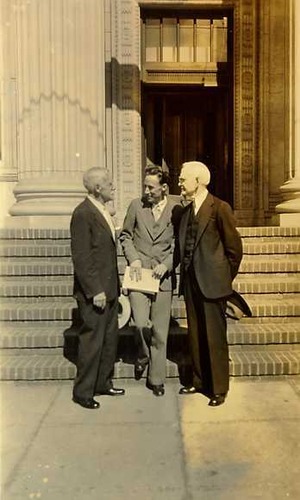
Photograph of Mr. Jackson, Dr. Fryxell, and Mr. Collins, the latter an artist with the NPS, under Works Progress Administration (WPA). The building was formerly the Federal Land Bank on Fulton St. W edge of University of California. Part of NPS Western Museum Laboratory set-up when photo was taken.
More interest–this time from cousins and senators Tom (New Mexico) and Mark (Colorado) Udall and Ed Mackey and yours truly.
The Wind Cave is one of the few prints never found–I’ve a $10,000 reward and will donate it to the NPS–depending upon condition. It’s hanging on the wall behind the desk left of the clock.
WPA artists were on loan for the 1939 San Francisco International Exhibition and here–in an old ship hull towed up on the beach of Treasure Island–Berkeley WPA artists produced the eight Indian Court series of posters. There are only three intact sets left–one in my home autographed by Louis B. Siegriest. One is in San Francisco and the third in the Library of Congress.
This brings me to the subject of maps. During my research at San Bruno, I found this photograph and the park sent me the one below so I figured it time to make a personal visit. This relief map is the largest relief map ever made. If this was a statue, it would be the Statue of Liberty.
In-situ about 1950 in the Yosemite Museum–four panels spanning 40′ representing 250 miles of the Sierra mountain front including four national parks.
Upon an immediate visit, I discovered this relief map–built before the WPA era–approximately in 1925 when Ansel Hall was Chief Naturalist there. Perhaps this inspired the larger one? This will be repurposed to a state visitors center nearby.
The large relief map was not so lucky–removed about 1960 to an open shed. I found the large map in a pole-shed in El Portal–open to the elements and collapsing upon itself. I have spent the past year negotiating with the park to acquire this and repurpose it to a safer location and have it restored. My 1% in 2024 will go to this project, now that the book is done. I called the American Alpine Club and then Stanford University who directed me to……
….UC Merced where it is stored safely and openly at the Castle Air Force Base hangar. There are only 8 sections–apparently the park sections are missing however, I’m now working with the University to recover these pieces if possible. I’m hoping they’ll be restored and perhaps used as a flooring display with glass protection. I am accepting donations.
OK–enough you say! One last map–the “piece d’resistance” of the Yosemite Valley. Along with the monstrosity mentioned above, this 10′ X 5′ X 3′ relief map was built in 1923–eexactly 100 years ago and has been on continuous display since at the Yosemite Museum/Visitors Center. It too, was heading for the dump so I grabbed it also and it will be the centerpiece for the University of California, Merced Library. Every climber who has ever entered Yosemite has been inspired by this map–again made by Ansel Hall. Hall was promoted by Director Arno Camerer to Chief Naturalist for the NPS with headquarters in San Francisco and later again promoted to head the museum program at Berkeley which became known as the Western Museum Laboratories. My goal is to restore this with donations from major outdoor clothing/equipment companies–who have made billions off the Sierra using a model similar to the WPA-CCC (involving the public).
The Library of Congress called me proposing they co-publish my book on the NPS-WPA poster art but they would want 100% editorial control which would eliminate my contemporary designs–now numbering about 45. I turned them down, however, the LOC wants to write a history of the WML. Who knows, maybe my next book? Stay tuned!

